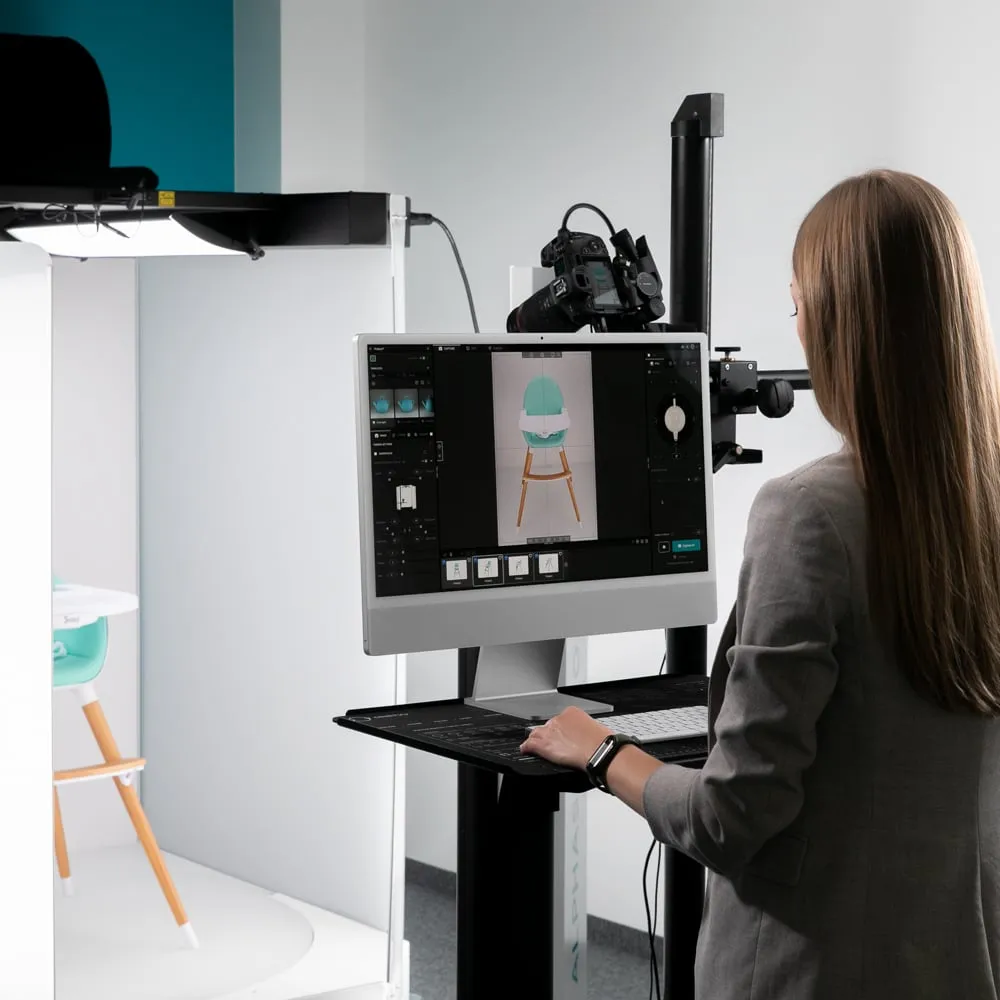

Return of the AWE Global Augmented Reality Show
Augmented World Expo (AWE) has just closed its doors in Santa Clara (CA). It is the major event of the year, in terms of attendance and reputation, in the world of augmented reality (AR).
With more than 250 exhibitors and nearly 4000 participants, the show brings together the main players in the AR and VR sectors, smart clothing (wearable computing), smart glasses, applications and sensors, applications and sensors, control devices and finally the Internet of Things.
After years of experimentation, AR technologies are finally mature and promise to fundamentally change the way professionals interact with the objects and information systems used on a daily basis.
As in 2015, and as confirmed at CES 2016 in Las Vegas, The enthusiasm for AR is confirmed. Sarwant Singh from Forbes explains on her blog that AR is a technology that will permeate all industries and that its development affects individuals as well as businesses.
The most successful sessions among the professional visitors focused on 5 major themes:
- How to introduce AR into a business
- How to assess the return on investment of AR in business
- How to integrate AR with Internet of Things manufacturers
- How to train users in enterprise AR
- How to manage enterprise AR security
Use cases are now widely represented in businesses
Use of AR at all stages in industrial production
During production, but also in the prototyping, development or validation phases due to its low cost of use.
- The applications of Augmented reality restore digital data (method data, technical annotations & comments, CAD models and other technical content), data from 3D models.
- The experience of Augmented reality is therefore a good way to get opinions and feedback from users on projects in progress.
Standardization of technologies used by AR
AR-aided design uses any technology for creation, development, recognition, and rendering.
- Display options for AR-aided design can be a mobile or fixed platform.
- Images can be created from a automated photo studio,
- The AR-aided design user interface is typically activated with a touchscreen to allow for quick exploration at low cost.
- AR-assisted design systems allow remote interaction with the user, with projection on a screen or via video conferencing.
Benefits of using AR
- Easy comparison with other existing products
- Fast product changes
- Reducing the risk of developing products that do not meet user expectations
- Evaluation of the comments of testers and users thanks to product photos.
Conclusion: the advantages of this technology
The biggest advantage of Augmented Reality (AR) is the infinity of applications in which it can be used, in all markets.
A multitude of interaction possibilities, in a multitude of areas, such as:
- mobile applications based on geolocation,
- the cinema,
- video games,
- architecture,
- advertising,
- the marketing,
- education,
- industrial production or medicine.
AR plunges us into a new universe of communication, bringing a new dimension to the way we produce, consume and soon will live.
Also to discover:
- E-commerce 8 essential elements for success
- The PackshotCreator white paper for e-commerce professionals
- The magnifying glass is good, the progressive zoom is better



